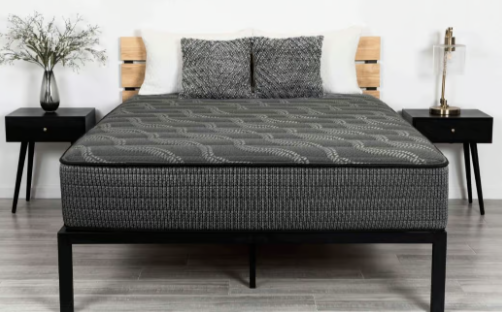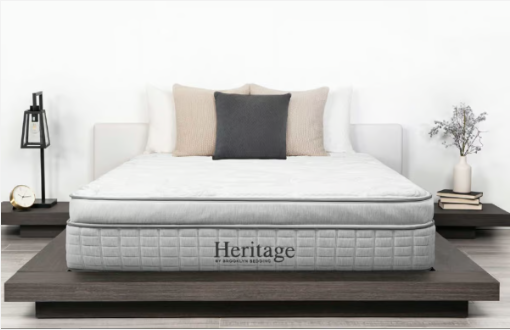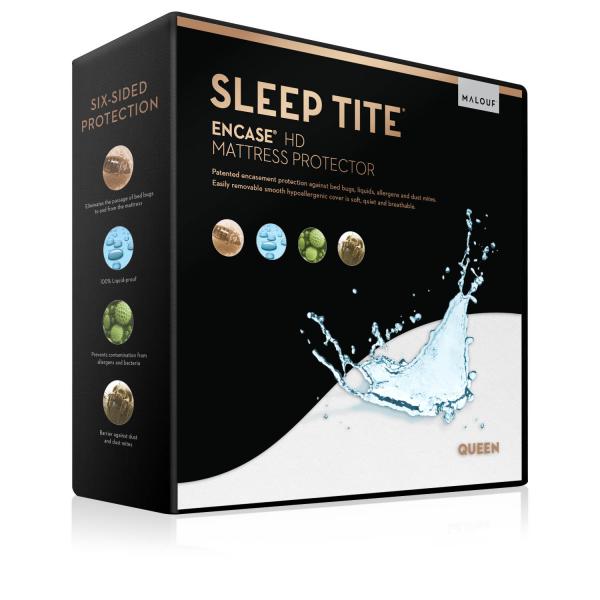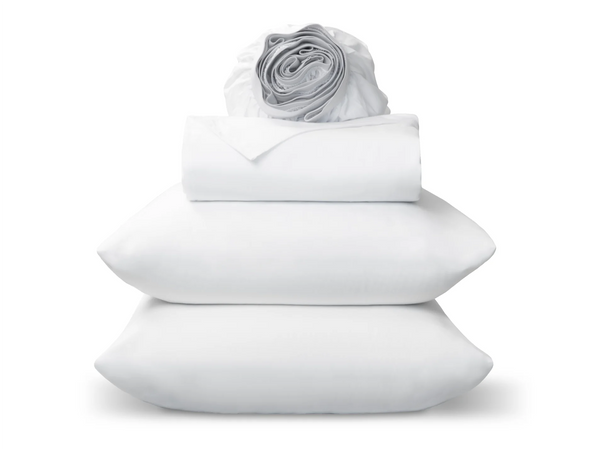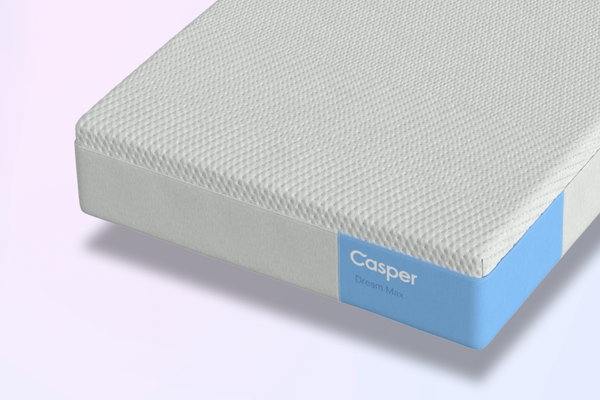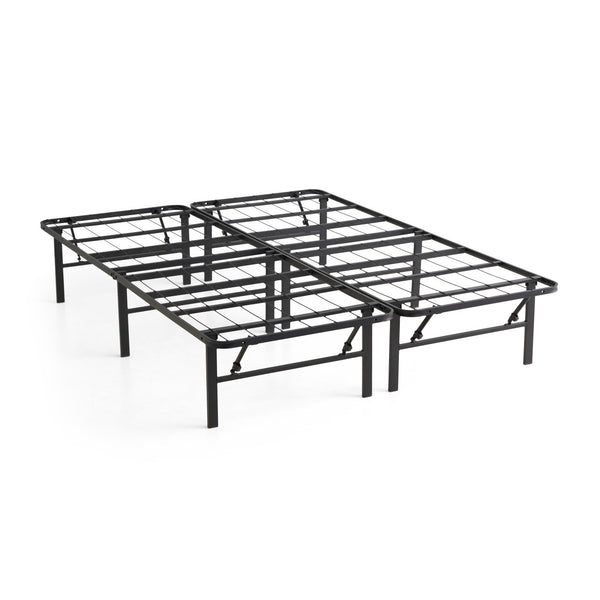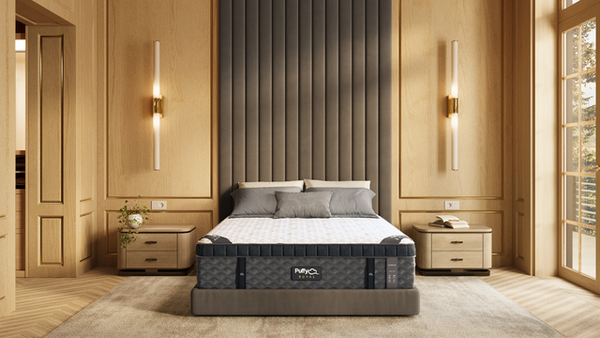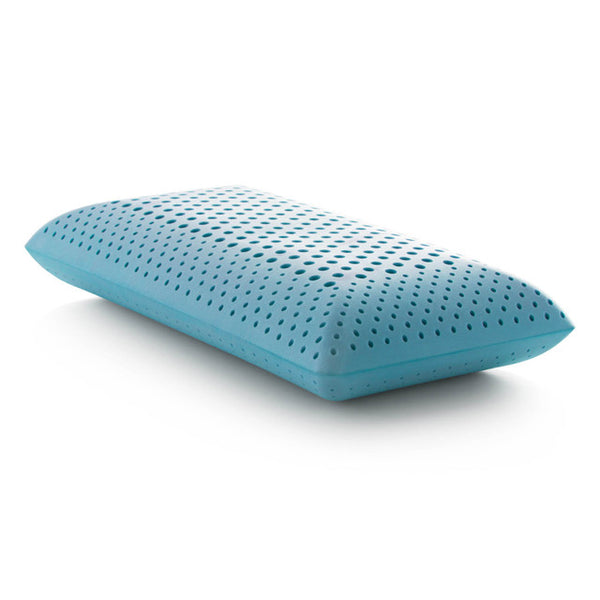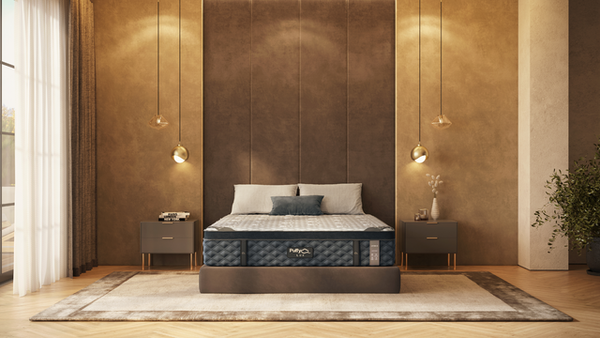
Frequently Asked Questions
1. What are common sleep disorders?
2. How can a mattress impact sleep quality?
3. What type of mattress is best for insomnia?
4. What mattress features are beneficial for sleep apnea?
Sleep is one of the most crucial aspects of our health and well-being, serving as the foundation for a productive day and a positive mindset. However, millions of people struggle with sleep disorders that prevent them from achieving restful slumber. In this article, we explore various sleep disorders and how the right mattress can significantly improve your sleep quality. Whether you're dealing with insomnia, sleep apnea, or restless leg syndrome, we will provide insights to help you find the ideal mattress solution.
Understanding Sleep Disorders
Before diving into mattress solutions, it's essential to grasp what sleep disorders are and how they can affect your night’s rest. Sleep disorders can range from mild inconveniences to severe issues that can disrupt everyday life. Some of the most common sleep disorders include:
Insomnia
Insomnia is a prevalent condition where individuals have trouble falling or staying asleep. It can result from stress, anxiety, or underlying health issues. Those suffering from insomnia may wake up feeling tired and unrefreshed, leading to decreased productivity during the day.
Sleep Apnea
Sleep apnea is characterized by repeated interruptions in breathing during sleep. Individuals with this condition may snore loudly or struggle to breathe at times, resulting in fragmented sleep. This can lead to excessive daytime sleepiness and other health concerns.
Restless Leg Syndrome (RLS)
Restless Leg Syndrome is a condition that causes uncomfortable sensations in the legs and an uncontrollable urge to move them, particularly at night. This can interfere with the ability to fall asleep, contributing to insomnia and overall fatigue.
Narcolepsy
Narcolepsy is a neurological disorder that affects the brain’s ability to regulate sleep-wake cycles. This disorder can cause overwhelming daytime drowsiness, and sudden sleep attacks, impacting daily life and responsibilities.
The Impact of Sleep Quality on Health
The effects of poor sleep quality can ripple throughout your life. Sleep disorders are not only exhausting but can also lead to serious long-term health issues, including:
- Obesity
- Heart disease
- Diabetes
- Depression and anxiety
- Weakened immune response
By addressing sleep disorders and improving sleep quality, you can significantly enhance your overall health and well-being.
The Role of the Right Mattress
One of the most significant factors that can influence your sleep quality is your mattress. A well-designed mattress can provide the support and comfort necessary to alleviate the symptoms of sleep disorders. Here are some key elements to consider when choosing a mattress that can cater to specific sleep issues:
Support and Alignment
Proper spinal alignment is crucial for achieving restful sleep. A mattress should support the natural curvature of your spine. If a mattress is too soft, it may lead to inadequate support, while a mattress that is too firm can create pressure points that disrupt sleep. Look for mattresses that offer medium-firm support, which helps align the spine without sagging.
Material Matters
The materials used in a mattress can greatly impact its comfort level. Different materials, such as memory foam, latex, and innerspring, offer varying levels of support and breathability. Here’s a brief overview:
- Memory Foam: Known for its contouring capabilities, memory foam can alleviate pressure points and provide excellent support for side sleepers and those with insomnia or RLS.
- Latex: This material offers a combination of support and bounce, helping to keep the spine aligned while ensuring airflow to keep you cool. It’s a great option for those who tend to overheat at night.
- Innerspring: Traditional innerspring mattresses offer great support and breathability. However, they may sometimes lack the contouring that some sleep disorder sufferers need for relief.
Temperature Regulation
Temperature plays a significant role in sleep quality. If you frequently wake up feeling hot and sweaty, it may be worth investing in a mattress designed to dissipate heat. Look for options with cooling gels, breathable covers, or ventilation to help regulate sleeping temperature, particularly beneficial if you experience symptoms of insomnia or night sweats.
Mattress Types for Specific Sleep Disorders
Different sleep disorders may call for specific mattress types. Here’s a guide to help you match your mattress to your unique sleep needs:
Finding Relief from Insomnia
If you suffer from insomnia, a pressure-relieving mattress option like memory foam may be your best bet. Memory foam molds to your body’s shape, providing personalized support and minimizing disturbances caused by tossing and turning. Additionally, consider a mattress with a cooling feature to combat restlessness.
Managing Sleep Apnea
For those with sleep apnea, a mattress with moderate firmness is ideal to ensure even support throughout sleep. Some individuals benefit from adjustable beds that allow elevation of the head, which can help reduce snoring and improve breathing during the night.
Alleviating Restless Leg Syndrome
If you experience symptoms of RLS, look for a mattress that offers great support and comfort, helping you to relax and fall asleep. A medium-firm mattress, either memory foam or hybrid, can provide the right balance for muscle relaxation and spinal alignment.
Comfort for Narcolepsy
People with narcolepsy may benefit from a medium to medium-firm mattress that supports various sleep positions, allowing for a comfortable night's rest while minimizing the risk of sleep disturbances.
Tips for Enhancing Sleep Environment
In addition to selecting the right mattress, other factors can significantly enhance your sleep environment:
- Invest in Quality Bedding: Use quality pillows and sheets that complement your mattress to create a cozy and inviting sleep area.
- Optimize Bedroom Conditions: Keep your bedroom dark, quiet, and at a comfortable temperature. Consider blackout curtains and white noise machines to create a restful atmosphere.
- Establish a Sleep Routine: Going to bed and waking up at the same time each day can help regulate your body's internal clock, making it easier to fall asleep and stay asleep.
Embracing the Journey to Better Sleep
Your journey to better sleep doesn't have to be daunting. By understanding your sleep disorder and choosing the right mattress designed to meet your needs, you can pave the way for enhanced rest and rejuvenation. Remember, sleep is as vital to your well-being as diet and exercise. Embrace this newfound understanding and take steps toward investing in your sleep health.
As you explore different mattress solutions, keep in mind that what works for one person may not work for another. Always consider your individual comfort preferences and consult professionals if needed. Invest in your sleep; it'll be one of the best decisions you'll make for your health and happiness.
Taking control of your sleep disorder isn't just about choosing the right mattress; it's about creating a holistic sleep experience. Incorporate positive lifestyle changes, optimize your sleep environment, and soon, restful nights will become the norm rather than the exception.

